Images
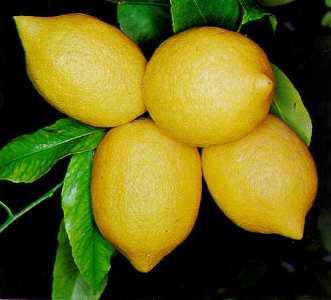
© Arnoldo Mondadori Editore SpA (Courtesy of EcoPort, www.ecoport.org)
|
Lemons (Citrus limon)
|

© R. Ubeda, J.S. Aznar and L. F. C. O'Connor (Courtesy of EcoPort, www.ecoport.org)
|
Oranges (Citrus sinensis)
|
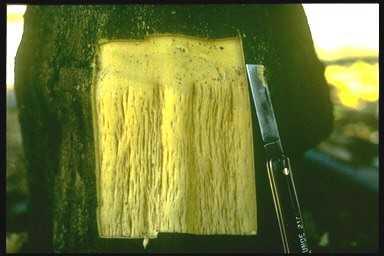
© Richard Lee (Courtesy of EcoPort, www.ecoport.org)
|
Citrus tristeza virus
|

© A. A. Seif, icipe
|
Feeding by citrus rust mite causes the fruit to turn silvery, reddish or black.
|
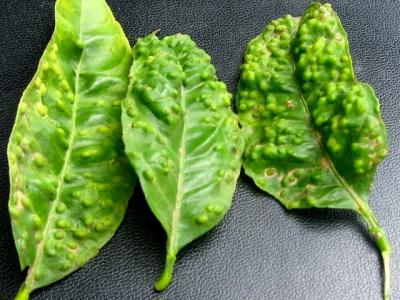
© A. A. Seif, icipe
|
African citrus psyllid - Characteristic bumps on the underside of sweet orange leaves caused by the feeding of the citrus psyllid (Trioza erytreae).
|
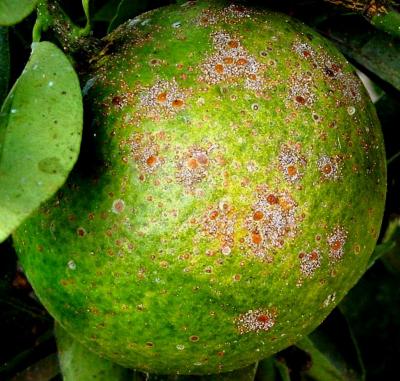
© A. A. Seif, icipe
|
Red scale on orange fruit
|
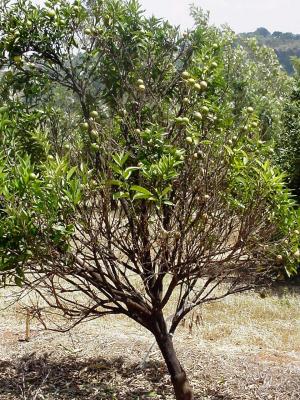
© A. A. Seif, icipe
|
Damage caused by armoured scales on an orange tree. Note yellowing of leaves, leaf drop, and dieback of branches,
|
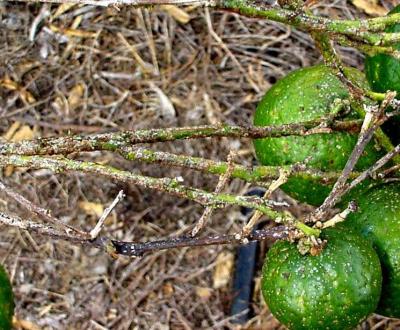
© A. A.Seif, icipe
|
Damage caused by armoured scales on an orange tree
|

© A. M. Varela, icipe
|
Larvae of ladybird beetles (Cheilocorus sp) feeding on red scales on an orange fruit
|

© A. M. Varela, icipe
|
Ladybird beetle (Cheilocorus sp) a predator of scales on citrus
|
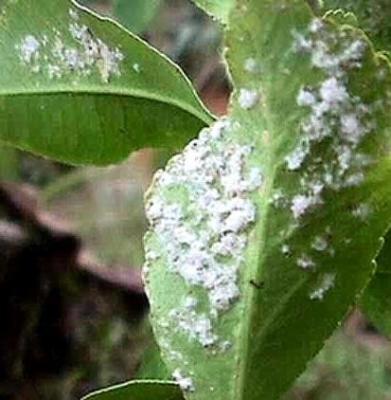
© B. Loehr, icipe
|
Immature stages of the citrus woolly whitefly
|

© A. A. Seif, icipe
|
Immature stages of blackflies on a citrus leaf
|
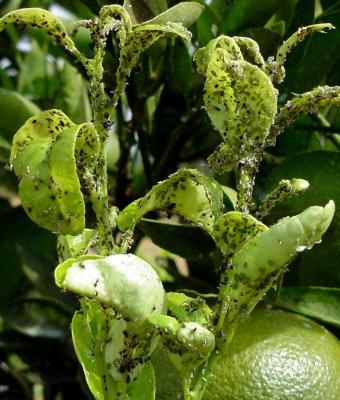
© A. A. Seif, icipe
|
Heavy attack of young leaves by the citrus aphid
|
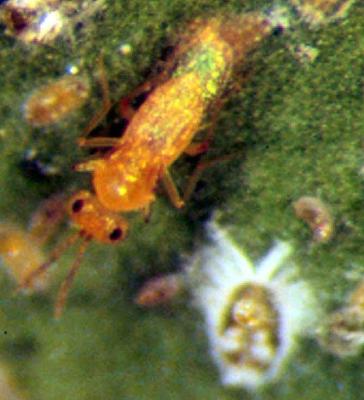
© B. Löhr, icipe
|
The parasitic wasp (Cales noacki) is a natural enemy imported into East Africa for control of the citrus woolly whitefly
|
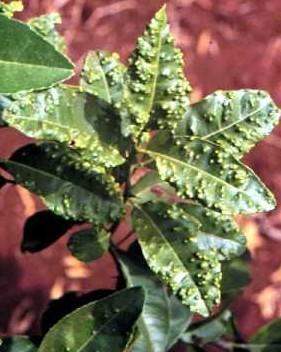
© A. A. Seif, icipe
|
African citrus psyllid on a citrus tree. Note bum-like galls on the upper leaf surfaces.
|

© A. A. Seif, icipe
|
Immature stages of the African citrus psyllid. Note healthy nymphs (yellow) and parasitised nymphs (black)
|

© A. A. Seif, icipe
|
Adult of the African citrus psyllid (Trioza erytreaea)
|
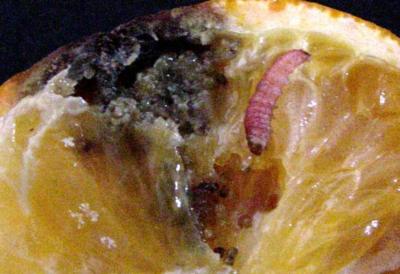
© A. M. Varela, icipe
|
Damage caused by the false codling moth in a citrus fruit
|
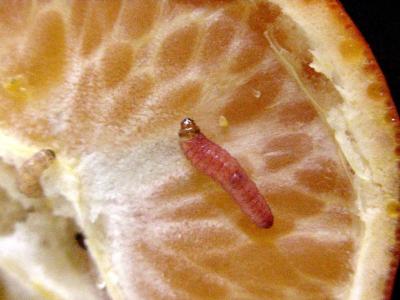
© A. M. Varela, icipe
|
Caterpillar of the false codling moth
|
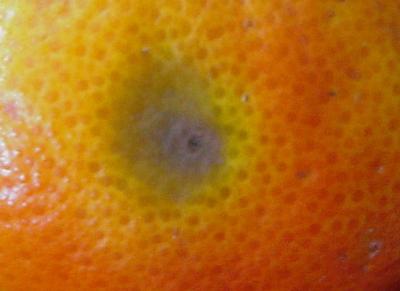
© A. M. Varela, icipe
|
Damage by the false codling moth. The initial symptom on the fruit is a yellowish round spot with a tiny dark centre where the caterpillar entered the fruit. In a later stage brown patches appear on the skin,
|

© A. A. Seif, icipe
|
Damage by the citrus rust mite on an orange fruit
|

© A. A. Seif, icipe
|
Egg laying marks by fruit flies on an orange fruit
|
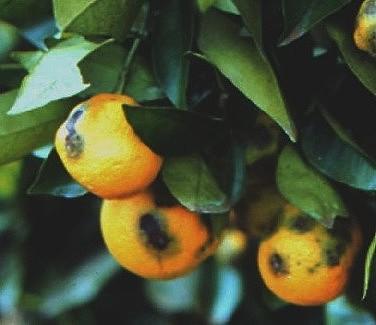
© A.A. Seif, icipe
|
Phaeoramularia fruit and leaf spots
|
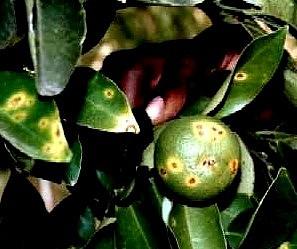
© A.A. Seif, icipe
|
Phaeoramularia fruit and leaf spots
|
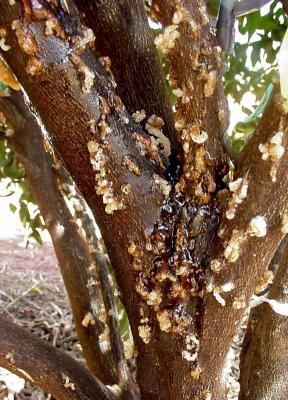
© A.A. Seif, icipe
|
Phytophthora-gummosis
|
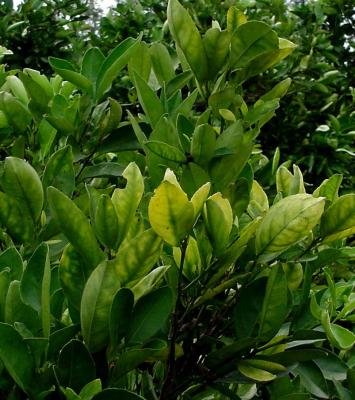
© A.A. Seif, icipe
|
Greening disease
|

© A.A. Seif, icipe
|
Greening disease
|
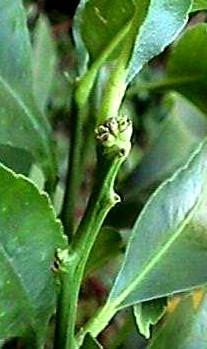
© A.A. Seif, icipe
|
Citrus bud mite damage
|

© A.A. Seif, icipe
|
Citrus leafminer damage on a citrus leaf
|

© A.A. Seif, icipe
|
Leafminer damage on a citrus tree
|

© A.M. Varela, icipe
|
Mealybugs on citrus
|
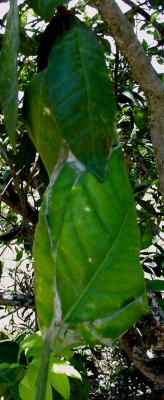
© A.A. Seif, icipe
|
Weaver ant nest on a citrus tree
|

© A.M. Varela, icipe
|
Orange dog mature caterpillar
|
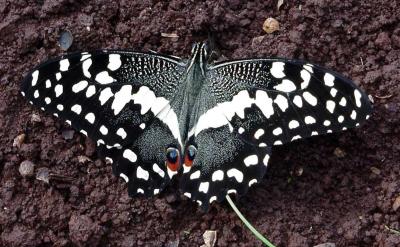
© A.M. Varela, icipe
|
Orange dog moth
|

© A.M. Varela, icipe
|
Orange dog moth
|

 Back
Back